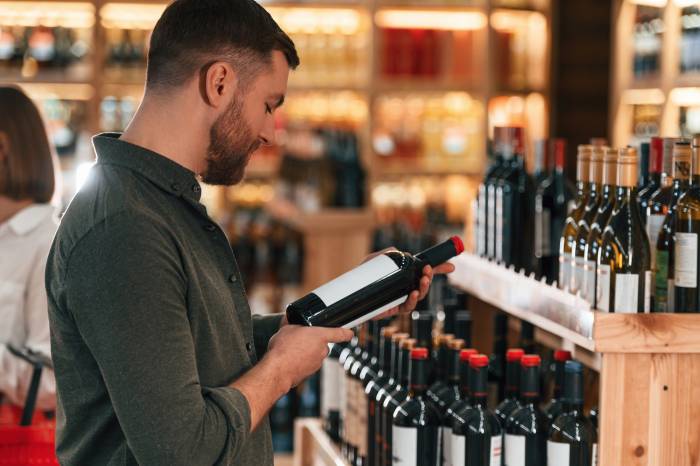US Wine Sales Fall for Third Year as Industry Faces Shifting Consumer Habits and Economic Pressures
Producers confront declining demand, rising costs and changing demographics while seeking to attract younger buyers and maintain profitability
2025-09-08

Wine sales in the United States have declined for three consecutive years, a trend that has surprised many in the industry. According to Stephen Rannekleiv, executive director for food and agribusiness research at Rabobank, both structural and temporary factors are driving this downturn. Rannekleiv, who has tracked the wine sector since 2007, discussed these issues in a recent podcast, highlighting the challenges and possible solutions facing the industry.
The decline in wine sales is not limited to the U.S., but the American market is particularly important for both domestic and foreign producers. Since mid-2022, U.S. wine sales have dropped sharply, leading to an oversupply. This excess is not due to overproduction but rather a fall in demand. Rannekleiv points out that financial pressures on consumers are a major reason for this drop. While wine consumption increased during the pandemic as people stayed home, signs of slowing demand were already visible before COVID-19. At that time, the market was shifting toward higher-priced wines, with lower-end volumes falling but premium wines performing well.
The situation changed in 2022 when inflation began to affect consumer spending. Rannekleiv notes that many Americans now feel as financially constrained as they did during the global financial crisis or the worst periods of the pandemic. Consumers are seeking value, buying smaller bottles of spirits instead of full-sized ones, and choosing fast-casual restaurants over high-end dining. This shift is not unique to wine but affects the entire hospitality sector.
Another factor contributing to declining wine sales is changing attitudes toward alcohol and health. Younger consumers, who are becoming a larger part of the market, have less disposable income and are more cautious about alcohol consumption. Rannekleiv describes some causes of the decline as structural—such as demographic changes—and others as transitory, like inflation-driven moderation in spending. He warns that inflation may persist longer than expected, making it difficult for wages to keep up with rising costs.
These economic pressures are squeezing wineries’ profit margins. Producers face higher costs but struggle to pass those increases on to consumers without losing sales volume. As prices rise and volumes fall, fixed costs are spread over fewer units, raising per-unit expenses and threatening profitability.
Wine also faces competition from other alcoholic beverages. The cost per serving of wine is now higher than beer or spirits, making alternatives more attractive to price-sensitive consumers. This has led to wine losing market share in the U.S.
Rannekleiv believes part of the problem lies in how wine is marketed and sold in America. For years, the industry focused on premiumization—encouraging consumers to buy more expensive bottles—targeting Baby Boomers and Generation X. Now, younger consumers do not see many affordable or interesting entry-level brands that appeal to them or fit their budgets. Retailers are also reducing shelf space for wine and show little interest in adding new brands under $10 a bottle.
He argues that the industry needs to create brands that resonate with younger consumers at accessible price points and offer a compelling value story. Currently, many wine brands rely on similar narratives about quality or family heritage but fail to connect emotionally with buyers. In contrast, spirits brands often succeed by telling stories that create personal connections with consumers.
Retailers’ decisions to cut back on wine shelf space are forcing weaker brands out of stores while strengthening those that can maintain consumer loyalty and sales velocity. Rannekleiv sees this as a natural selection process: successful brands will become stronger while others will struggle or disappear.
Despite these challenges, Rannekleiv remains optimistic about the long-term prospects for wine in America. He acknowledges that cycles of growth and decline are normal in any industry and believes that current difficulties can be overcome with time and adaptation. The key for producers will be finding ways to secure growth without sacrificing profitability—by innovating with new products, connecting with younger consumers, and managing costs carefully as market conditions evolve.
Founded in 2007, Vinetur® is a registered trademark of VGSC S.L. with a long history in the wine industry.
VGSC, S.L. with VAT number B70255591 is a spanish company legally registered in the Commercial Register of the city of Santiago de Compostela, with registration number: Bulletin 181, Reference 356049 in Volume 13, Page 107, Section 6, Sheet 45028, Entry 2.
Email: [email protected]
Headquarters and offices located in Vilagarcia de Arousa, Spain.